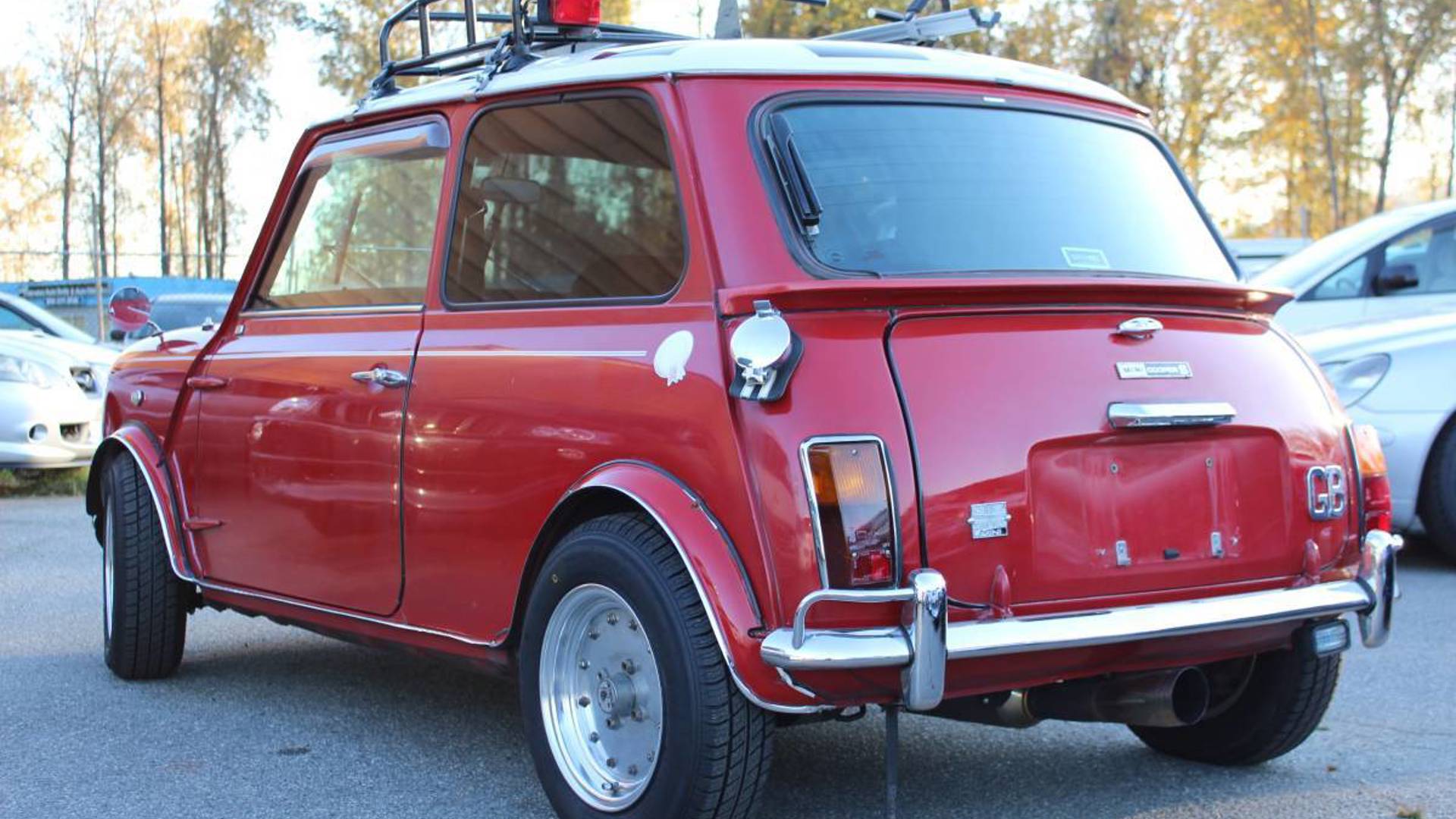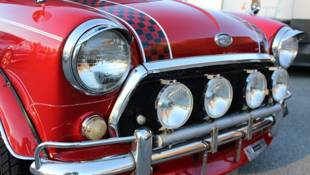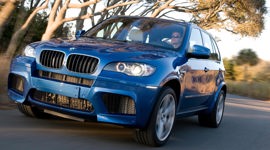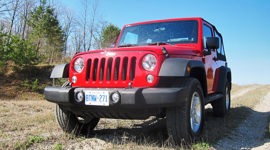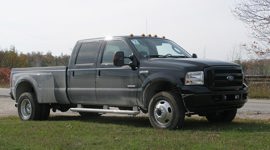This time, the autoTRADER.ca Find of the Week is a classic that's more modern than you think. A car from a historic brand that was built far more recently than you probably thought that they were rolling out of the factory. It's a Mini, from when they were built by Rover instead of BMW, but if you're expecting something that was built in the 1960s you'll be disappointed. It was only designed way back then. It's a Mini from 1997, with a whole host of tasty Mini modifications.
The Mini is one of the classic automotive shapes, and is a car that is regarded as one of the most influential ever built. The two-door tiny compact was designed in the late 1950s as an answer to a sudden fuel shortage. In the UK, gas was rationed and small car sales shot up. But the small cars of the day weren't always the best choices for buyers. Alec Issigonis was hired by the British Motor Corporation to design a car that would fit in a 3.0 m x 1.2 m x 1.2 m box with most of that space reserved for passengers and using an engine the company already built.
His now timeless design turned the engine sideways in the chassis, letting it use the car's width instead of adding length. A new gearbox was added that could fit under that four-cylinder and drive the front wheels. A layout that is now almost universal in front-drive cars, small or large.
It was intended to have a hydraulic suspension like the Citroen 2CV, but time and budget instead gave the car a fully independent suspension that used cone-shaped springs made from rubber instead of metal coils or leaves. 10-inch wheels were fitted, but Issigonis originally wanted smaller. Dunlop told him no to that request but did agree to the 10-inch size.
Production of the car began in 1959 and while it took a few years to reach icon status, the car became a big success. Two million were sold by 10 years after launch. It had massive space inside for the exterior footprint; its flyweight chassis helped to give the car dynamics that were unlike just about anything else available, then or now.
The cheap and cheerful car became a fixture of the hip British 1960s. When John Cooper got hold of the cars in 1961 they became formidable on the track as well as the road and won handfuls of international races including three Monte Carlo Rallies in a row from 1964 to 1967.
There were small changes to the Mini in 1964, but 1969 saw larger changes. Like finally hiding the door hinges and adding crank windows in place of the original sliders. Where it had been sold under a scattering of different brand names under the BMC umbrella it was now just the Mini. Austin and Morris were gone.
1976 saw the introduction of the Mark IV. The Mini got some small changes to modernize the car, like new subframe mountings and updated controls. The Mini would disappear from Canadian sales floors in 1980, but that was not the death of the car. Instead, production continued all the way until 2000. By then fuel-injected, and with a slightly more modern interior, after 41 years and 5.3 million sold, production of the original Mini ended in October of that year.
Just look at this Mini. Starting with the chrome eyebrows on the headlights, to the Cooper metal badging on the front bumper, this one's got plenty of the custom details Mini owners seem to love – so much that BMW has added tons of similar choices to even the reborn new models. The front bumper sports a quartet of massive driving lights helping it pierce the night. There's a roof basket with replica Monte Carlo entry plate and plaid door panels. Yes, the 1,275 cc engine still only develops 63 hp and 70 lb-ft, but this is a car that tips the scales at just 675 kg. It weighs nearly nothing and they'll go like heck.
This particular one, for sale in Vancouver, comes to Canada from England, by way of Japan – where the right-hand-drive model stuck around until the end. If you're looking for a classic Mini that's not as old as it looks, the autoTRADER.ca Find of the Week might be just the ticket.

